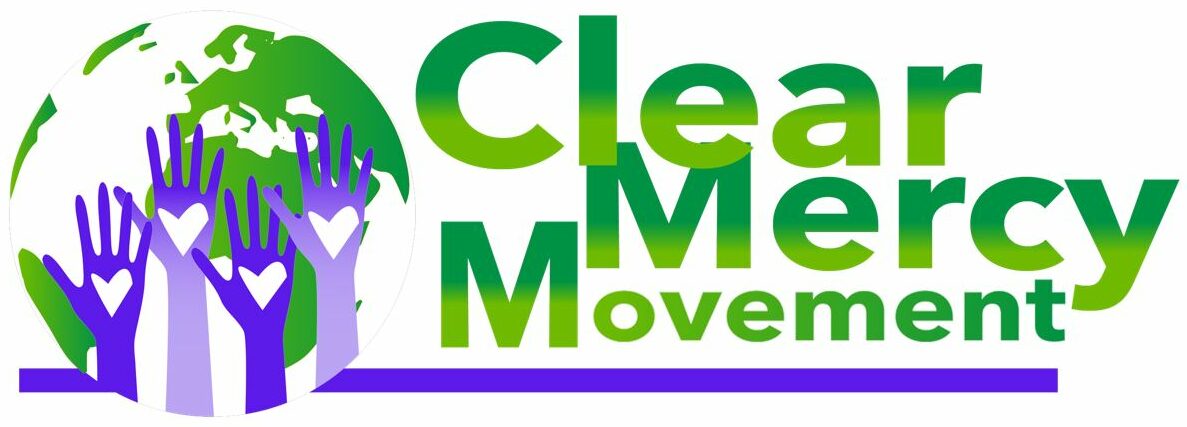Help stop modern-day slavery and human trafficking.
CMM works with trusted, loving friends in Asia, Africa, Latin and South America to rescue those trapped in slavery and to educate school-age children, teens and young adults how to spot the traps of being lured or tricked into slavery with talk of good jobs and exciting lives, etc. Education about the pitfalls of human trafficking is sorely needed to prevent serious trauma and exploitation.
According to a September 2017 report from the International Labor Organization (ILO) and Walk Free Foundation:
- An estimated 24.9 million victims are trapped in modern-day slavery. Of these, 16 million (64%) were exploited for labor, 4.8 million (19%) were sexually exploited, and 4.1 million (17%) were exploited in state-imposed forced labor.
- Forced labor takes place in many different industries. Of the 16 million trafficking victims exploited for labor
- 7.5 million (47%) forced labor victims work in construction, manufacturing, mining, or hospitality
- 3.8 million (24%) forced labor victims are domestic workers
- 1.7 million (11%) forced labor victims work in agriculture
- 71% of trafficking victims around the world are women and girls and 29% are men and boys.
- 15.4 million victims (75%) are aged 18 or older, with the number of children under the age of 18 estimated at 5.5 million (25%).
- The Asia-pacific region accounts for the largest number of forced laborers— 15.4 million (62% of the global total). Africa has 5.7 million (23%) followed by Europe and Central Asia with 2.2 million (9%). The Americas account for 1.2 million (5%) and the Arab States account for 1% of all victims.
- Human trafficking does not always involve travel to the destination of exploitation: 2.2 million (14%) of victims of forced labor moved either internally or internationally, while 3.5 million (74%) of victims of sexual exploitation were living outside their country of residence.
- Victims spend an average of 20 months in forced labor, although this varied with different forms of forced labor.

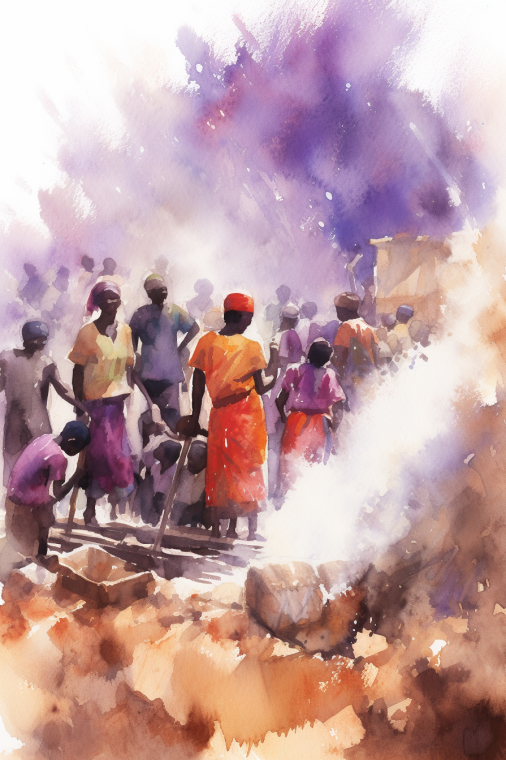
Human Trafficking is Big Business
- Human trafficking earns profits of roughly $150 billion a year for traffickers, according to the ILO report from 2014. The following is a breakdown of profits, by sector:
- $99 billion from commercial sexual exploitation
- $34 billion in construction, manufacturing, mining and utilities
- $9 billion in agriculture, including forestry and fishing
- $8 billion dollars is saved annually by private households that employ domestic workers under conditions of forced labor
- While only 19% of victims are trafficked for sex, sexual exploitation earns 66% of the global profits of human trafficking. The average annual profits generated by each woman in forced sexual servitude ($100,000) is estimated to be six times more than the average profits generated by each trafficking victim worldwide ($21,800), according to the Organization for Security and Co‑operation in Europe (OSCE).
- OSCE studies show that sexual exploitation can yield a return on investment ranging from 100% to 1,000%, while an enslaved laborer can produce more than 50% profit even in less profitable markets (e.g., agricultural labor in India).
- In the Netherlands, investigators were able to calculate the profit generated by two sex traffickers from a number of victims. One trafficker earned $18,148 per month from four victims (for a total of $127,036) while the second trafficker earned $295,786 in the 14 months that three women were sexually exploited according to the OSCE.
- While sexual exploitation generates profits, forced labor saves costs. In one case, Chinese kitchen workers were paid $808 for a 78-hour work week in Germany. According to German law, a cook was entitled to earn $2,558 for a 39-hour work week according to the OSCE.
- Factsheet of human sex slavery globally:
- According to https://www.humanrightsfirst.org/resource/human-trafficking-numbers
1
Use our secure online donation portal.
2
Choose your preferred donation amount.
3
Your donation starts to impact the world!
Global Financial Impact
$100 Million
of hope over the last 20 years!
Freeing Slaves:
Families sold into slavery
Individuals sold into sex slavery
The Number of Prosecutions of Human Traffickers is Alarmingly Low
Since 2010 we have freed hundreds from slavery, either those in sex trafficking in Asian and African nations. or whole families sold into slavery, particularly in Pakistan. Just in August of 2021 YOUR love and financial help have freed over 130 precious lives from the horrid conditions of slavery.
We thank our long-term dear friends such as Tahir S. for his unending love and perseverance in rescuing many precious lives.
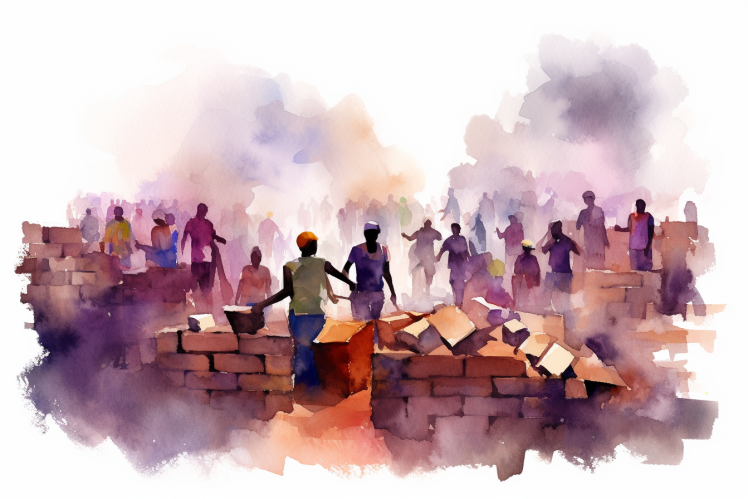
As bricks cannot be made during the rainy season, most workers are deep in debt to the manager, who is eager to advance them with small loans that bind them to the kiln for life. It is a cruel slavery from which they can never escape. “If I could pay my debt,” said one worker, “I would run away from here.” To escape is to invite swift and sometimes violent revenge from the kiln owner.
Such degradation and absolute poverty are hard for us to imagine, yet thousands of poor, defenceless fellow human beings face this bleak future. UCO Partner Together with 10.40/Impact is dedicated to lifting the hopes of the poor—supporting Through B.T.S Brick To schools in the conviction that free education, based on Christian values, will restore hope to the community.
Brick kiln slavery in Pakistan: Additional information provided by UCO Pakistan
Bricks are still made by hand in Pakistan—just as they were in Britain in the 19th century—and those who work in the brick fields are little better than slaves to hard labour. Many of them are Christians and among the poorest of the poor.
Brick kiln labourers work long hours in back-breaking, dangerous conditions. Whole families—even small children—work all day to make bricks by hand. From before dawn and in the blistering heat of the sun, they then stack the bricks to be baked in huge mud ovens. If they manage to make 1,000 bricks a day, they receive about £2 / $2. Demeaning work for pitiful rewards

.
For donors to humanitarian aid causes, the Clear Mercy Movement offers a unique opportunity to support innovative and effective programs that are making a real difference in people’s lives. By donating to Clear Mercy, donors can be confident that their contributions will be used to support programs that are sustainable, impactful, and responsive to the needs of the communities they serve.
Give with Crypto!
Poverty!
60% of Pakistan’s population lives on less than £2 a day and 23% on less than £1.Minority groups and poverty
For minorities, due to their origin and marginalised status, the percentages are much higher. No official statistics are available.
Many are desperately poor tribal peoples in the southern desert or northern mountains, isolated and neglected in Pakistan.
Poverty’s unpleasant companions
- Many poor families send their children to work to bring in any small amount of money to feed the family. Children, some even below the age of 10, work with their parents in the brick kilns and carpet factories.
- Minority communities are open to severe exploitation, and many end up unemployed, become drug addicts or are abused in the sex trade.
- Many live in villages or in city slums, where minority communities live together largely for their own security.
- Deeply entrenched social prejudice makes success in business very hard for the minorities.
- Of the 5 million Christians in Pakistan, half are below the age of 20: that’s 2.5 million children, most of whom have never had access to an education.
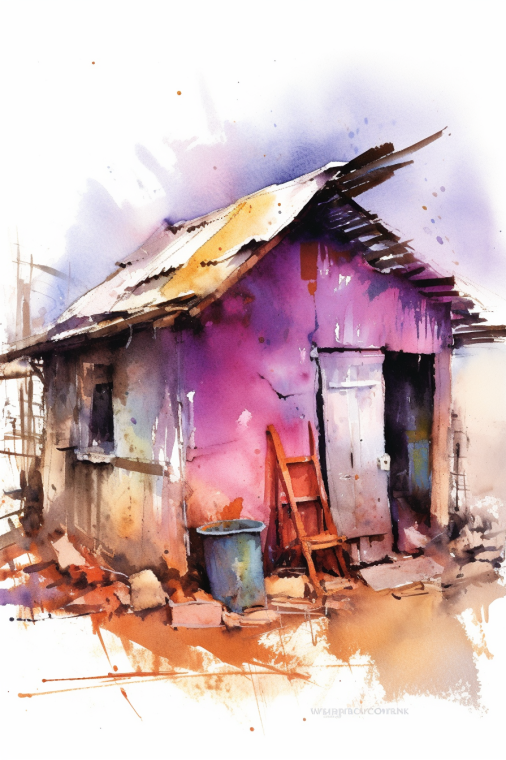
.
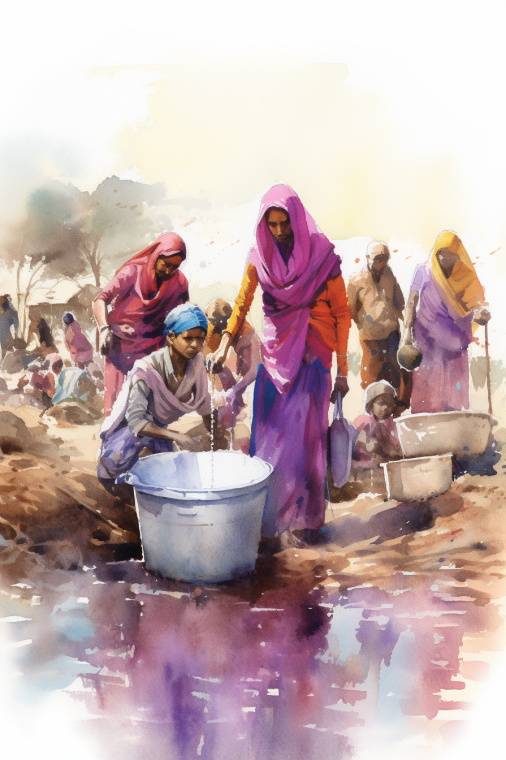
Poverty is much more than a lack of money.
“Poverty is hunger. Poverty is a lack of shelter. Poverty is being sick and not being able to see a doctor. Poverty is being unable to attend school and not knowing how to read. Poverty does not have a job, is fear of the future, living one day at a time. Poverty is losing a child to an illness brought about by unclean water. Poverty is powerlessness, lack of representation, and freedom.”
World Bank
Poverty is “more dangerous than terrorism”.
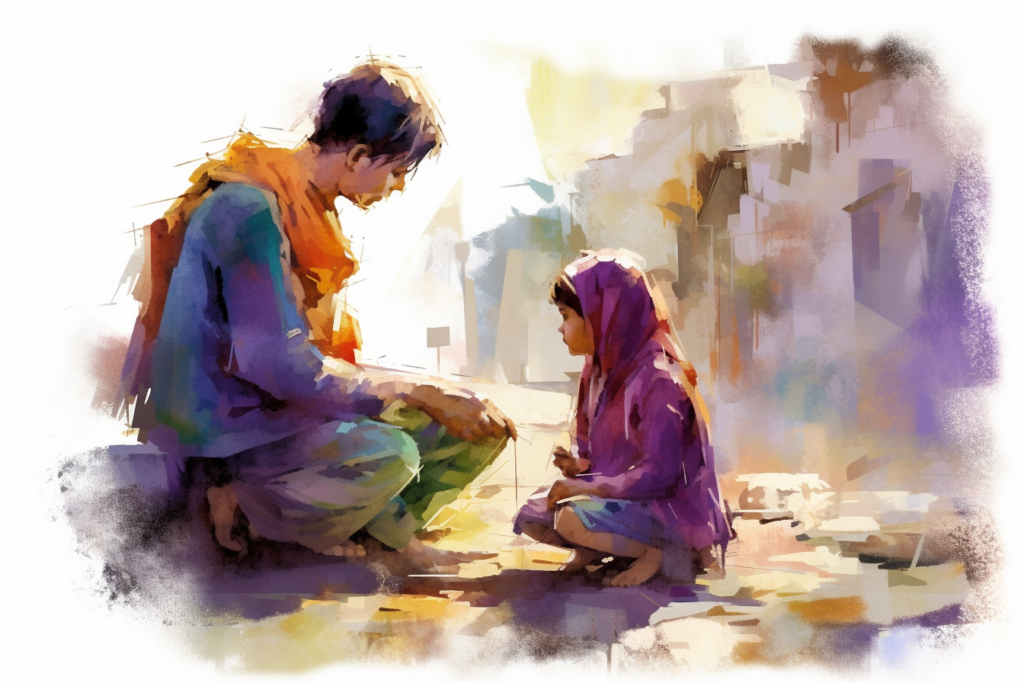
Little consideration is given in Pakistan to the special needs of the disabled and the vulnerable.
Sadly disability still carries a stigma, and families often regard disabled children as a liability. Children with disabilities are often left neglected at home, or they may end up begging on the streets.
Orphaned children may fare better, thanks to the strong extended family, but where that fails there is no societal safety net available.
The meager resources of the Government and private enterprises are inadequate to provide disabled or orphaned children with the care that they need.
For donors to humanitarian aid causes, the Clear Mercy Movement offers a unique opportunity to support innovative and effective programs that are making a real difference in people’s lives. By donating to Clear Mercy, donors can be confident that their contributions will be used to support programs that are sustainable, impactful, and responsive to the needs of the communities they serve.
Children who cannot go to school
- Millions of Pakistani families are illiterate and have no understanding of the value of education.
- Poverty means many parents send their children to work to add to the family income. This is also why 50% of children drop out of school after Class 5.
- There simply are not enough free Government schools for children to attend. The Government’s education budget is too low to meet the needs of an exploding population.
- Many Government schools are poorly equipped (50% have no electricity, 25% no toilets), teachers fail to turn up or classrooms are dirty and furniture broken.
- The Government school curriculum is heavily slanted toward Islam, which makes it very hard for Christians to attend.
- There is serious prejudice against Christian children, who are often looked down on as inferior and untouchable.


Working with and for minorities
We are concerned for poor and neglected children regardless of background or religion and want communities to work together.But our efforts focus on Christian communities, a neglected and exploited minority whose critical needs are not being met, and our close working partners are drawn from among them
We have learned that selfless leadership involves nurturing teams and empowering them to take ownership of their work. CMM Leaders set clear expectations, communicate effectively, and give feedback to their teams and donors to keep them aligned with the organization’s goals.
Become a Clear Mercy Movement Advocate
Another strategy is to become an advocate for the Clear Mercy Movement. You can help raise awareness about the movement by sharing information about its work with your network. You can also use your social media platforms to promote the organization and encourage others to donate.
As a donor to The Clear Mercy Movement, you can make a real difference in the lives of people around the world. Your support can help to fund programs that provide education, healthcare, and economic opportunities to those who need it most. If you are looking for a way to make a positive impact on the world, consider supporting Clear Mercy Movement today. Together, we can work towards a better future for everyone.
